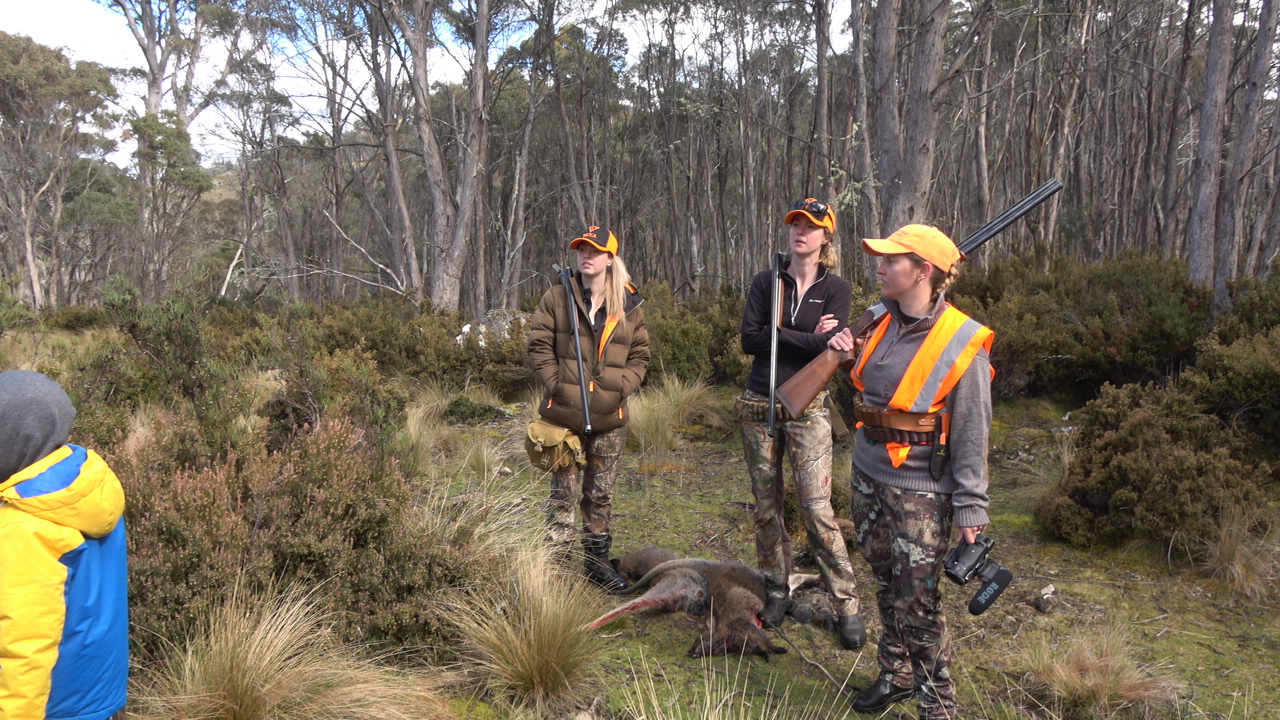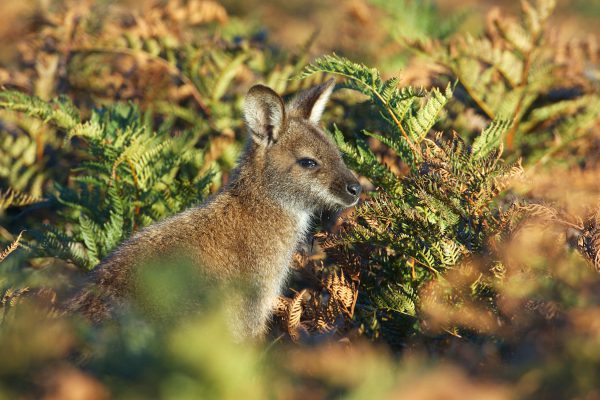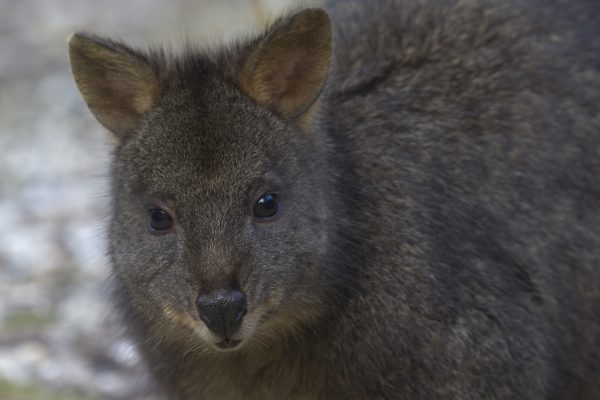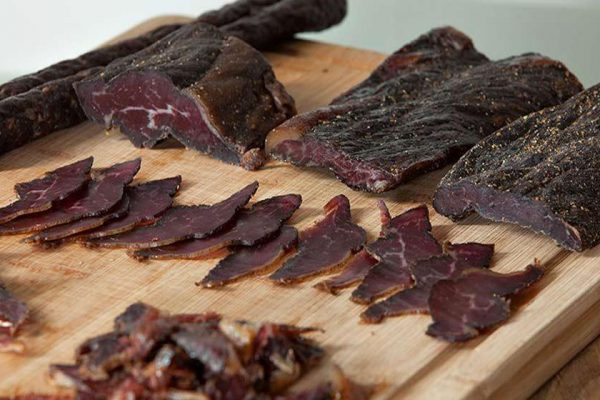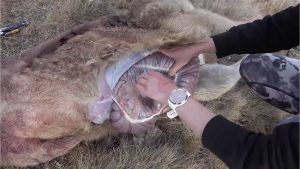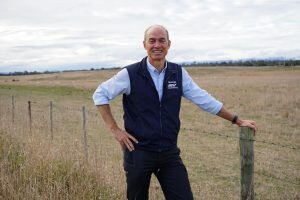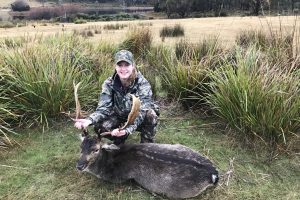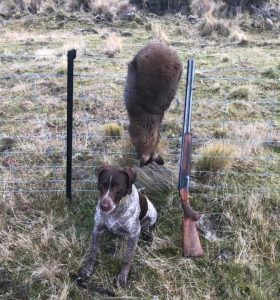Behind the Scenes
Jump to
The Hunt
In this hunt, Rod, Jess and Tash accompany some friends on a driven hunt for wallabies in the Central Highlands of Tasmania. A driven hunt is when dogs are used to flush the animal out into the open towards a waiting group of hunters.
Wallabies are part of the macropod species that includes kangaroos, pademelons, wallabies, wallaroos, tree kangaroos and quokkas. In this episode, we are hunting the Bennett’s wallaby and the Rufous pademelon.
Hunting wallabies is a complex issue in Australia, as they are partly protected in most states. This makes it illegal to hunt them without a permit, which can be difficult to obtain unless you are a landholder with reasonable cause to manage their numbers.
However, Tasmania is one of the only states in Australia where wallaby hunting is not only allowed – it is actively encouraged by the government.
That’s because wallabies actually outweigh the human population. As Australia’s smallest state – and the only island state – Tasmania’s population is just over half a million (540,000 as at June 2020). As for the number of nobody has any idea how many there are. Given the vast tracts of wilderness, and the wallaby’s tendency to live in dense bushland, it would be almost impossible to conduct an accurate survey of their numbers. However, the Tasmanian government reports around 1 million wallabies are culled or hunted each year, and they are still one of the most plentiful animals in the island state and are often seen even in the capital city, Hobart.
There are two major reasons for the population explosion. One comes down to the unique biology of macropods that allows them to sustain multiple pregnancies at once and pause or speed up pregnancies according to food supplies; the other comes down to vast improvements in modern agriculture that has improved the landscape and created a bounty of food for them to eat. This, in turn, allows them to speed up pregnancies and give birth to multiple young each year!
And when wallaby populations explode, that causes some big headaches for farmers, as wallabies both compete with livestock for pasture, and consume agricultural crops intended for human consumption.
We have been shooting wallabies under spotlight on crop protection permits for over 10 years, but in the Tasmanian Central Highlands, where this episode was filmed, it is impossible to hunt wallabies under spotlight. The farmland itself is quite wet and marshy, which means you cannot get vehicles into the paddocks without tearing up the land. And the bushland that surrounds many of the farms is so rocky and thick with scrub that it’s impossible to drive vehicles through without damaging the vehicle!
This creates a perfect environment for wallabies to flourish. They bed down in the thick bushland during the day and then hit the crops and pastures at night.
We had heard plenty about hunting wallabies with dogs, but we had never actually done it ourselves. So when we were offered the chance to accompany some friends, we absolutely jumped at the chance.
The hunting itself is pretty similar to other driven hunts. Like with driven hunts for wild boar and pheasant, trained dogs flush the wallabies out of the thick scrubland, back towards a group of waiting hunters.
It is most often done during the cool, winter months, as there is less chance of running into problems with Tassie’s venomous tiger and copperhead snakes.
Variations of this method date back to ancient times.
When the First Settlers arrived in Tasmania, they learned how to hunt wallaby from the local Aboriginal tribes using fire to flush the wallabies out of the thick bushland into handmade nets. The hunters would then use spears and knives to kill the wallabies.
It didn’t take the settlers long to adapt it to a style of hunting they were more familiar with – substituting fire for the relative reliability of dogs, and trading in spears for shotguns and rifles.
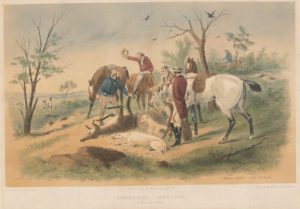 Wallaby hunting became such a popular sport in Colonial Australia that hunting clubs sprung up all over the colony, attracting many international visitors including naturalist Charles Darwin and novelist Anthony Trollope.
Wallaby hunting became such a popular sport in Colonial Australia that hunting clubs sprung up all over the colony, attracting many international visitors including naturalist Charles Darwin and novelist Anthony Trollope.
Scottish explorer, Thomas Mitchell even commented on the symbiotic relationship that existed between humans, macropods and the environment.
Today, wallaby hunting is by far the most common form of hunting, far surpassing deer hunting or duck hunting. This is both due to the never-ending supply of wallabies to hunt (there are millions of wallabies compared to just 50,000 fallow deer), and the abundance of land to hunt them on.
Gaining access to good deer hunting land can be quite a challenge. You either need to pay big dollars to gain access to private land, own your own land, or take your chances in the public ballot. If you’re really lucky, you might find a farmer willing to let you hunt deer on his land for free.
Gaining access to land to hunt wallabies is almost the polar opposite. In fact, if you pay the $32 for the permit, you can pretty much hunt wallabies in any state forest or on Crown land all year round. In a recent survey by the Tasmanian Farmers and Grazers Association, Tasmanian farmers ranked the wallaby as the biggest pest animal by far. So while farmers can (and do) charge a premium for deer access, they can’t get enough hunters to help them manage their wallaby problem.
No wonder wallaby meat is one of the most commonly eaten game meat in Tasmania.
If you would like a more in-depth look at wallaby hunting in Tasmania, check out Wallaby Hunting Under Fire.
The People
The following people appeared in this episode. Click on their photos below to follow them on social media.
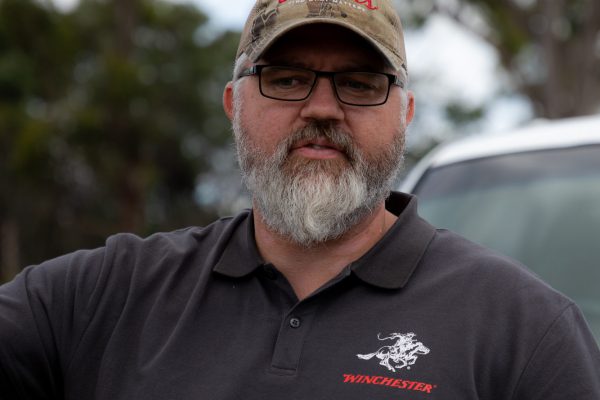
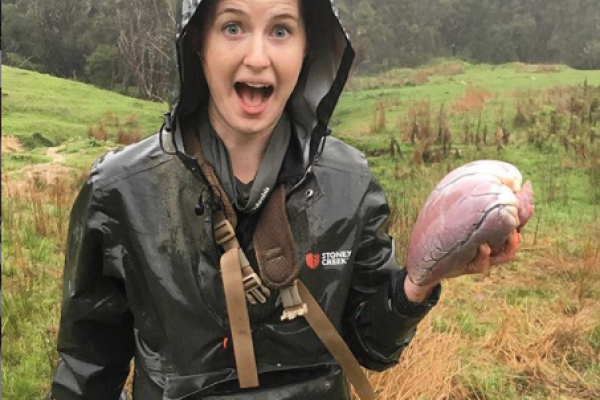
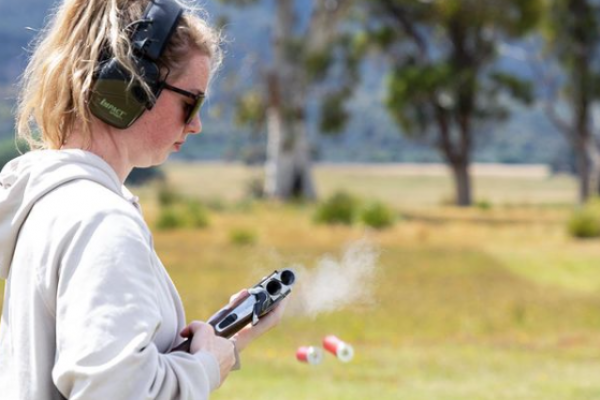
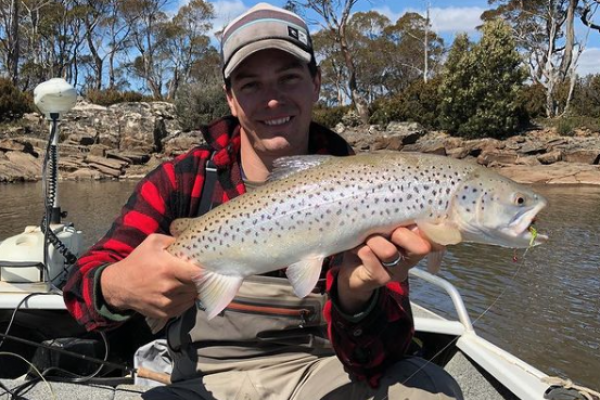

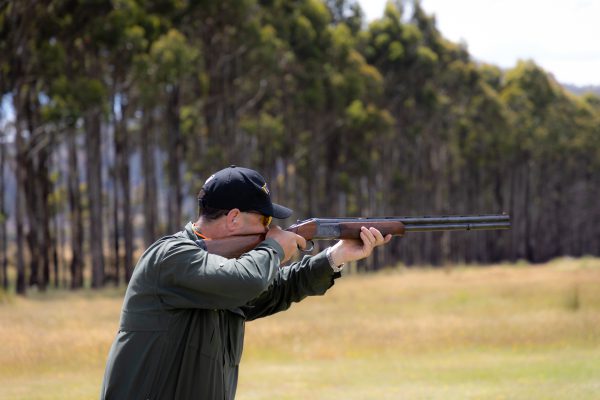
The Location
The hunt took place in Bronte Park on a property that borders several agricultural farms. The area is well-known as a fishing destination, but also has wild fallow deer herds, and plenty of native macropods and other wildlife species.
Bronte Park was created in 1947 to house Hydro Electric staff members. By the 1950s, the town grew to over 700 workers, and had its own police station, cinema, hospital and church. Today, all that remains of the once bustling town is a small general store, and several ‘shacks’. Hydro Tasmania sold the town to Denis and Robin Wiss in 1991. The couple saw potential in developing the remnants of the village into a popular fishing destination. The area has even spawned an international trout fishing competition, with anglers travelling from all over the world to hunt brown trout in the local waters.
Located in Tasmania’s Central Highlands, Bronte Park is 154 km north west of Hobart and close to Trig Point 715, which marks the geographical centre of Tasmania.
A few years ago, a savage bushfire ripped through the Central Highlands, decimating millions of acres of native forest and displacing wildlife.
Ironically, Sam and Deb Crow were part of a co-ordinated efforts to save the local wildlife. You can read all about that here.
The Game Animals
In this episode, the team hunted two species of Tasmanian macropods – the Bennett’s wallaby and the Rufous pademelon.
In Tasmania, wallabies and pademelons are hunted both for their meat and to keep numbers down as part of wildlife conservation.
You can learn more about both of these species by clicking on the images below.
Game Saver Tips
Pademelons are colloquially called ‘stinkys’ in Tasmania, due to a strong, almost-off-putting smell that the carcus has. We usually leave them for the dogs, although some hunters do enjoy the taste of their meat.
Bennett’s wallabies, on the other hand, are great eating. The meat has a deep red (almost burgundy) colour and the flesh is tender, with a mild, delicate flavour. If handled well in the field and aged (we wet age ours in Game Saver vacuum seal bags for at least 7 days in the fridge), wallaby meat should not have a strong gamey flavour. In fact, it is often compared to veal in flavour and texture. It is low in cholesterol and fat, and high in protein and minerals, which makes it a great choice for a healthy diet.
Below you will find a couple of the recipes we have posted using wallaby meat, though really, you could substitute wallaby meat for any red meat. You are only limited by your imagination. We have also included a link to a video on how to debone a wallaby leg, as this is where you will find most of the meat.
Gear List
You can click on any of the images below to go to the website to purchase or find out more about any of the products that we used in this episode.
We have tried to make the list as exhaustive as possible, however, if we have missed anything that you would like to know more about, please send us an email at and we’d be happy to help out.
If you are a member of I Am Hunter, you can save money on some of these products by using your exclusive discount codes available on the Discounts and Rewards page. If you are not a member of I Am Hunter, you can still click on the images to go to the product listings and as always you are more than welcome to join I Am Hunter to access all of our member rewards for yourself.
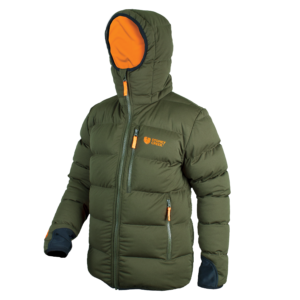
Stoney Creek Women's Thermolite
*IAH members can get 10% off through Mansfield Hunting & Fishing
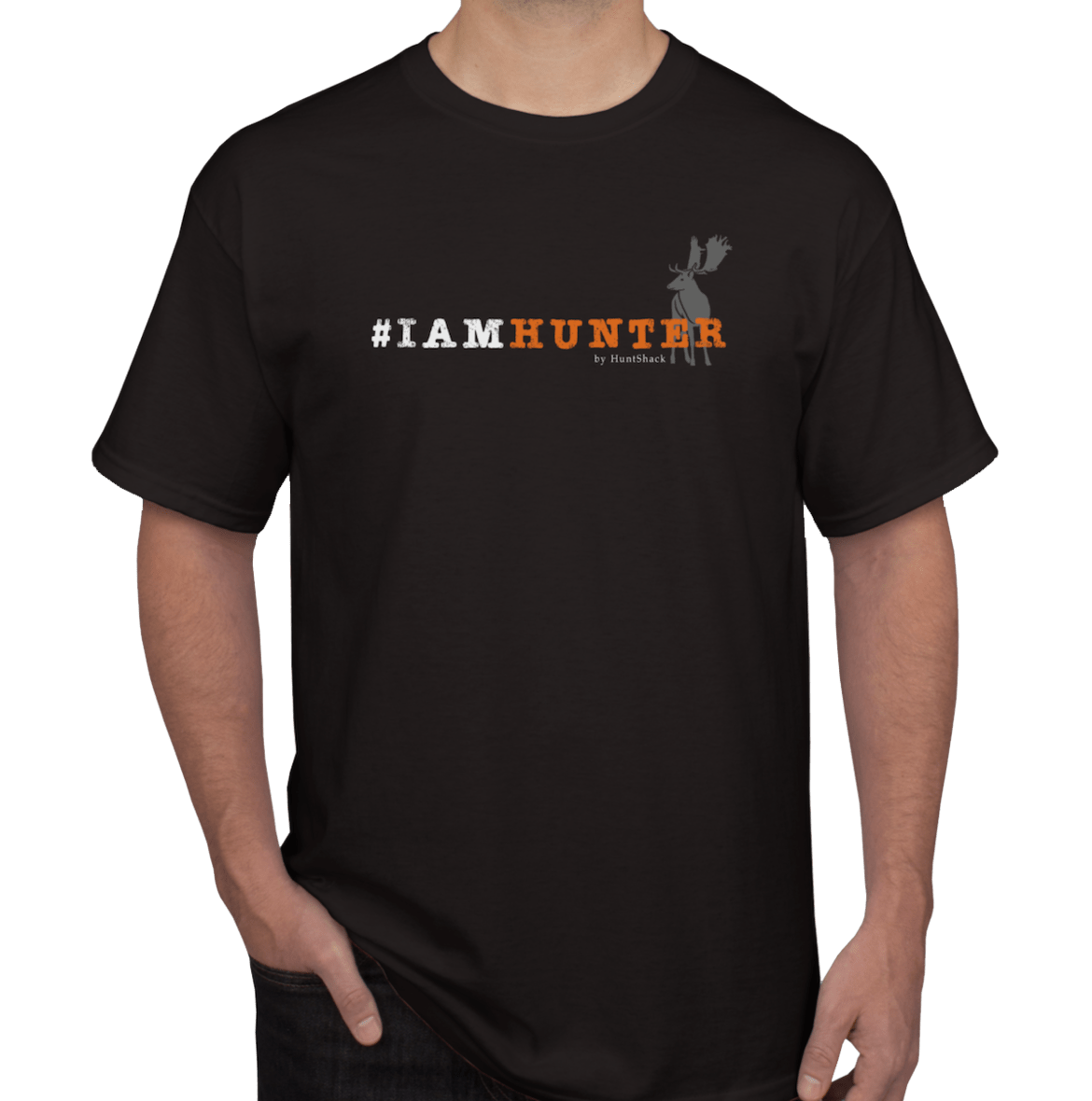
I Am Hunter Top
*IAH members get a free IAH t-shirt with their membership
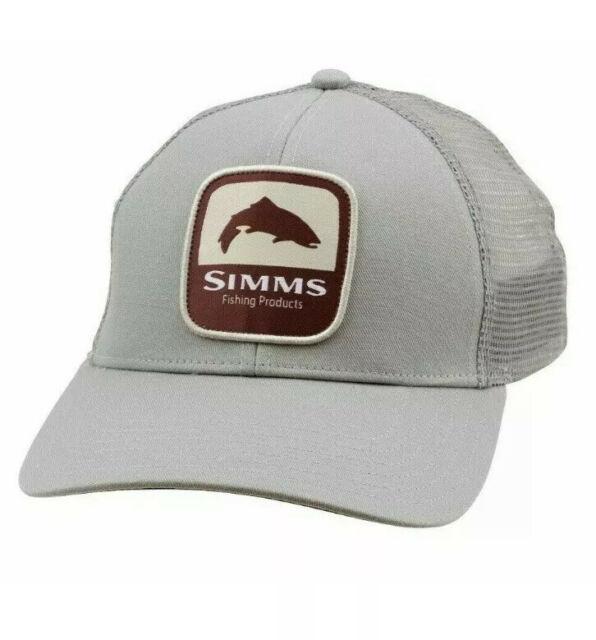
Simms Trout Patch Trucker Hat
*IAH members can get 10% off through Mansfield Hunting & Fishing
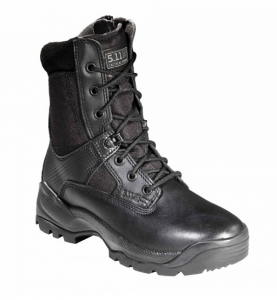
5.11 Tactical A.T.A.C 8" Women's Boot

DJI Mavic 2 Pro

Franchi Elegante Shotgun
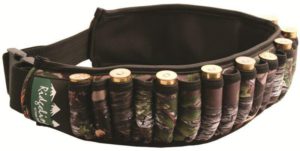
Ridgeline Neoprene Shotgun Ammo Belt
*IAH members can get 10% off through Mansfield Hunting & Fishing

Simms G3 Guide Waders
*IAH members can get 10% off through Mansfield Hunting & Fishing
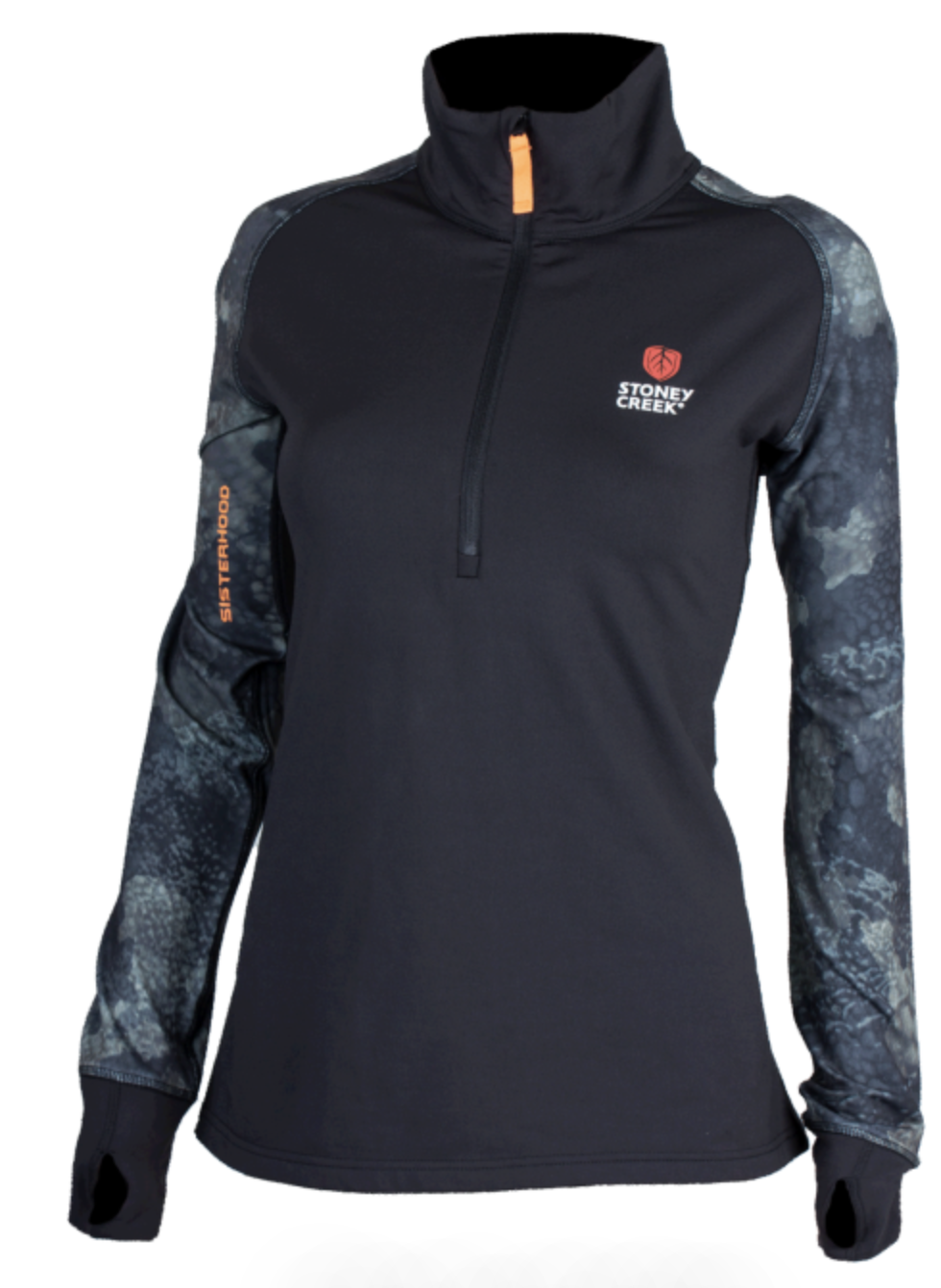
Stoney Creek Womens Active Top
*IAH members can get 10% off through Mansfield Hunting & Fishing
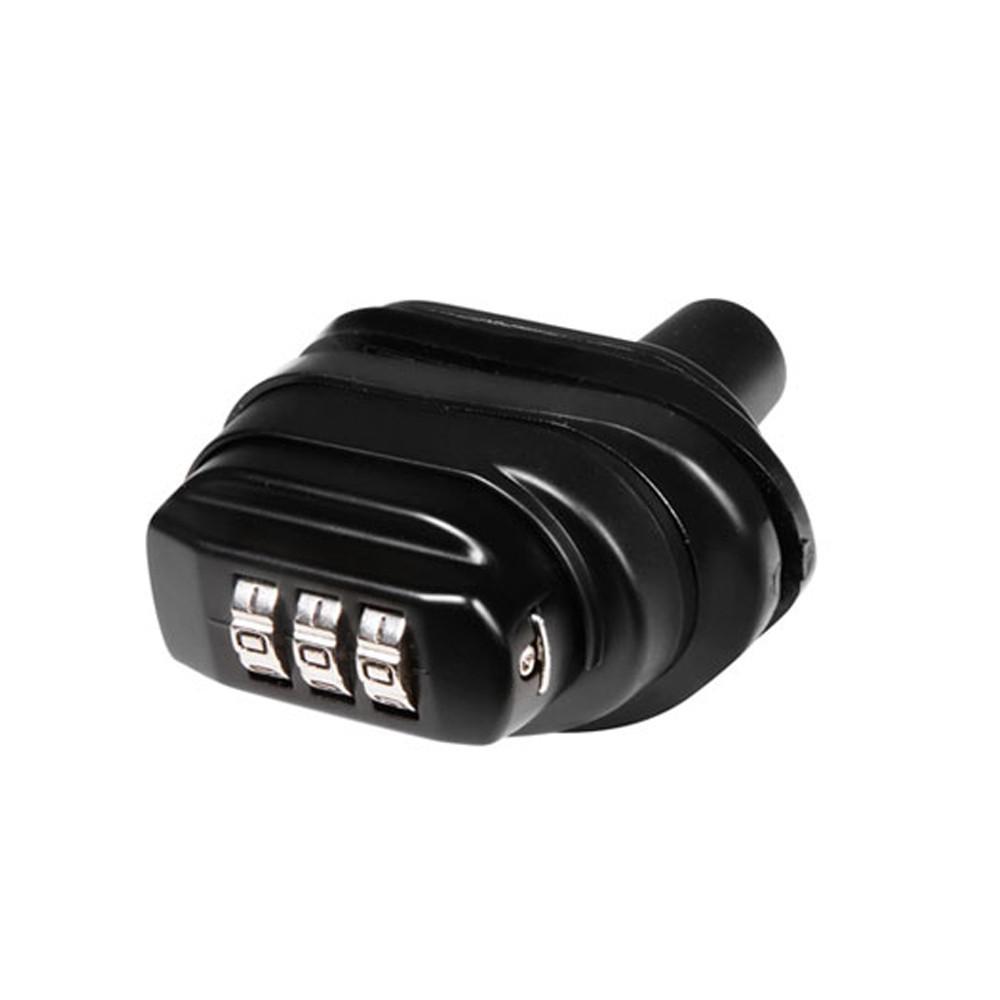
Xhunter Trigger Lock
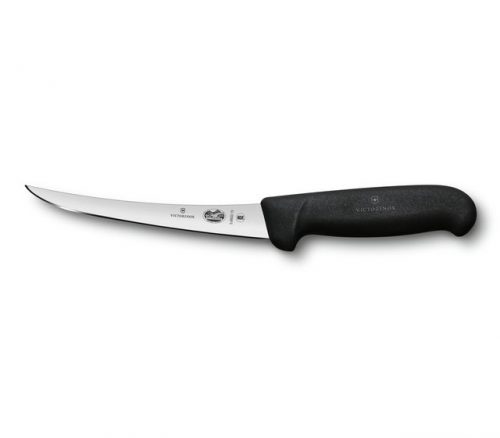
Victorinox Boning Knife

GoPro Hero 9
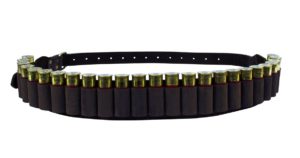
Spika Leather Shotgun Ammo Belt
*IAH members can get 10% off through Mansfield Hunting & Fishing

Sea to Summit Aeros Pillow
*IAH members can get 10% off through Mansfield Hunting & Fishing

Ridgeline Womens Anorak
*IAH members can get 10% off through Camo Warehouse
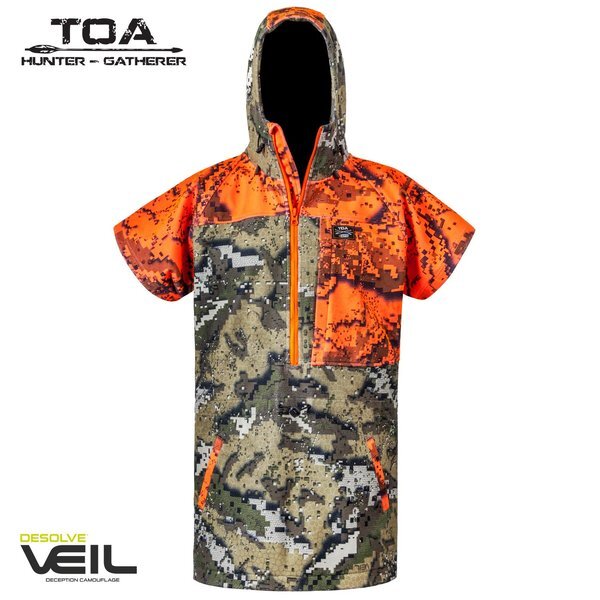
Hunters Element Tapua Bushcoat
*IAH members can get 10% off through Camo Warehouse

Spika Basecamp Jumper
*IAH members can get 10% off through Camo Warehouse
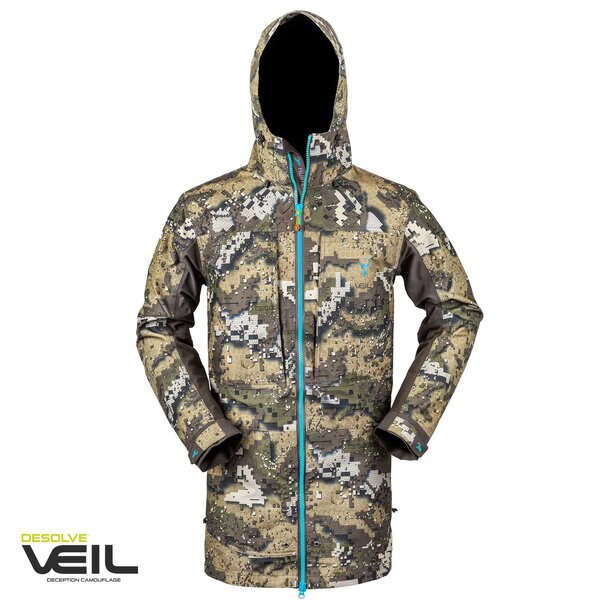
Hunters Element Womens Odyssey Jacket
*IAH members can get 10% off through Camo Warehouse
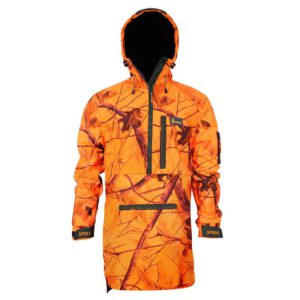
Spika Elite Blaze Anorak
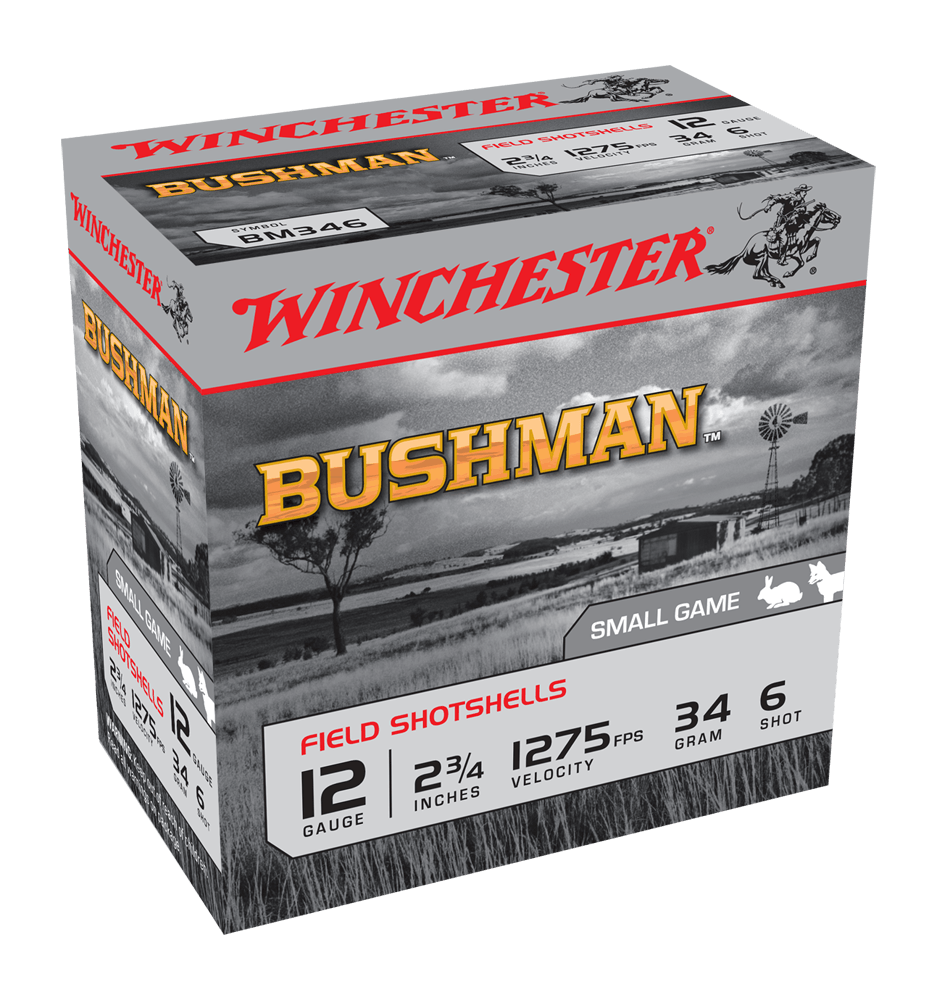
Winchester Bushman 12G Ammo
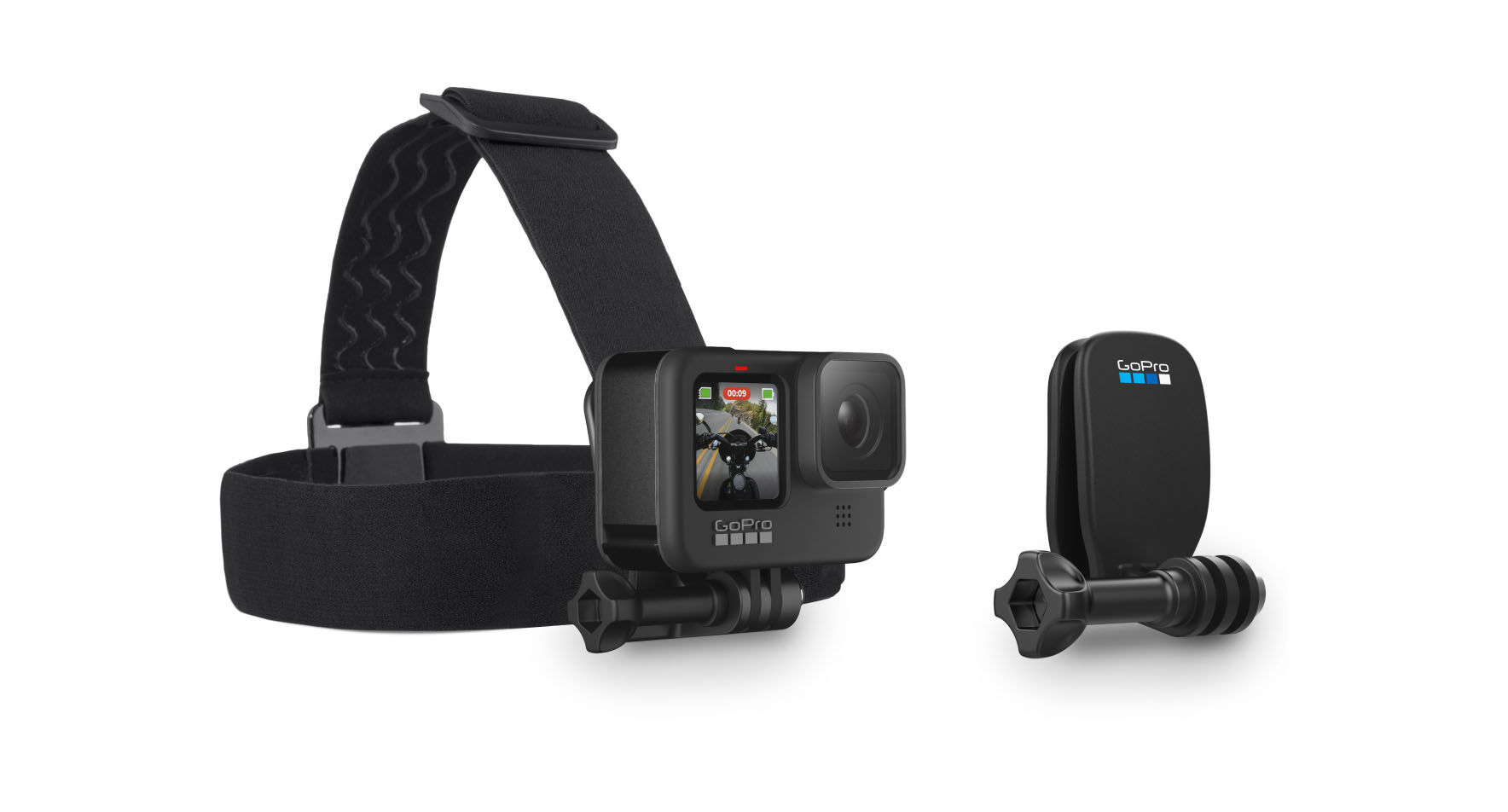
GoPro Head Strap
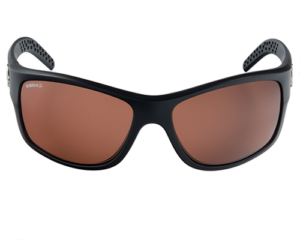
Spotters Fusion Sunglasses
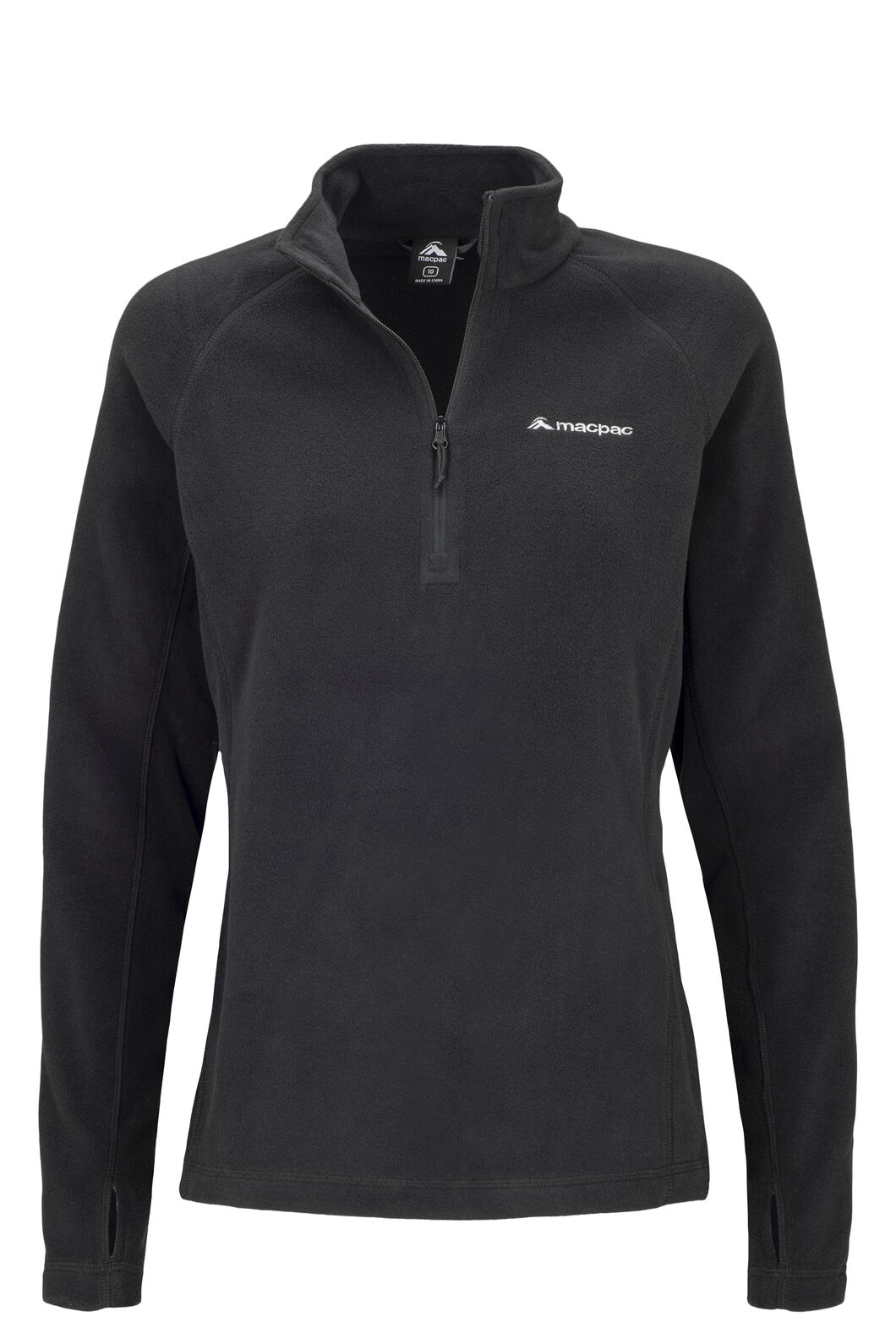
Macpac Tui Womens Pullover

Blundstone Leather Boots

Miroku MK10 Sport Deluxe
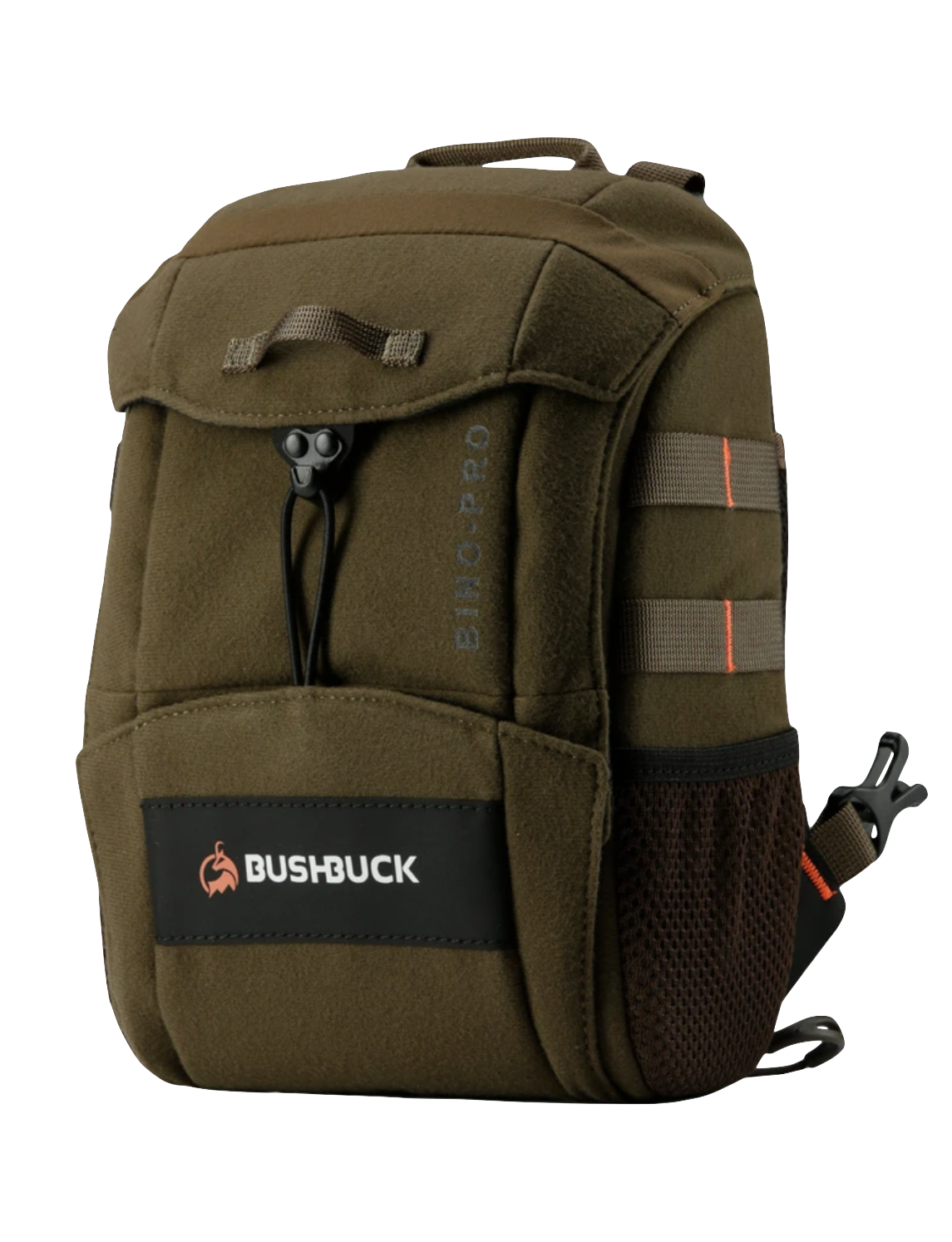
Bushbuck Bino Pro

Black Wolf Campsite Sleeping Bag
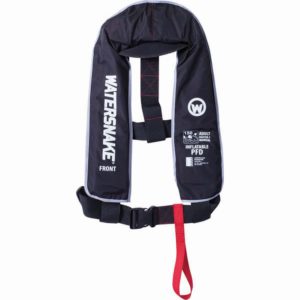
Watersnake Adult Inflatable PFD

Marlin Kids Voyager PFD
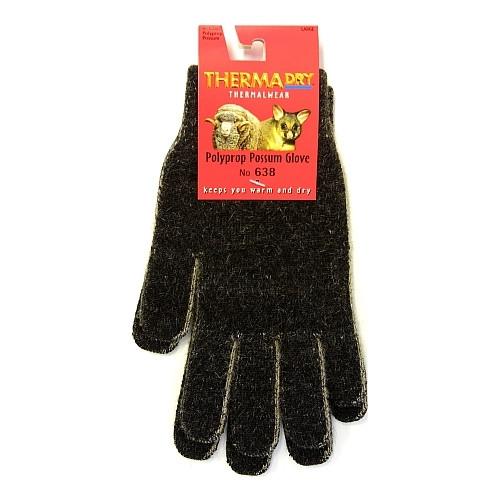
ThermaDry Possum Fur Gloves
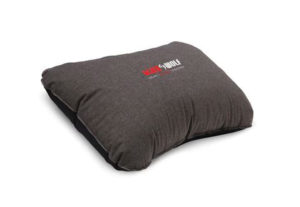
Black Wolf Comfort Pillow
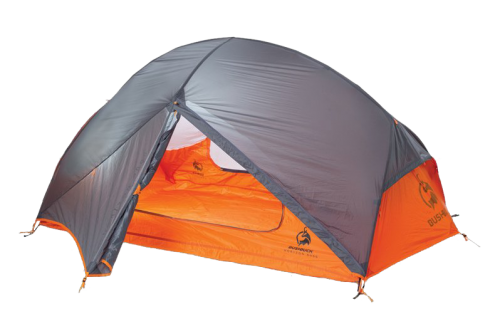
Bushbuck Horizon Tent

Sea to Summit Ether Light Womens Sleep Mat
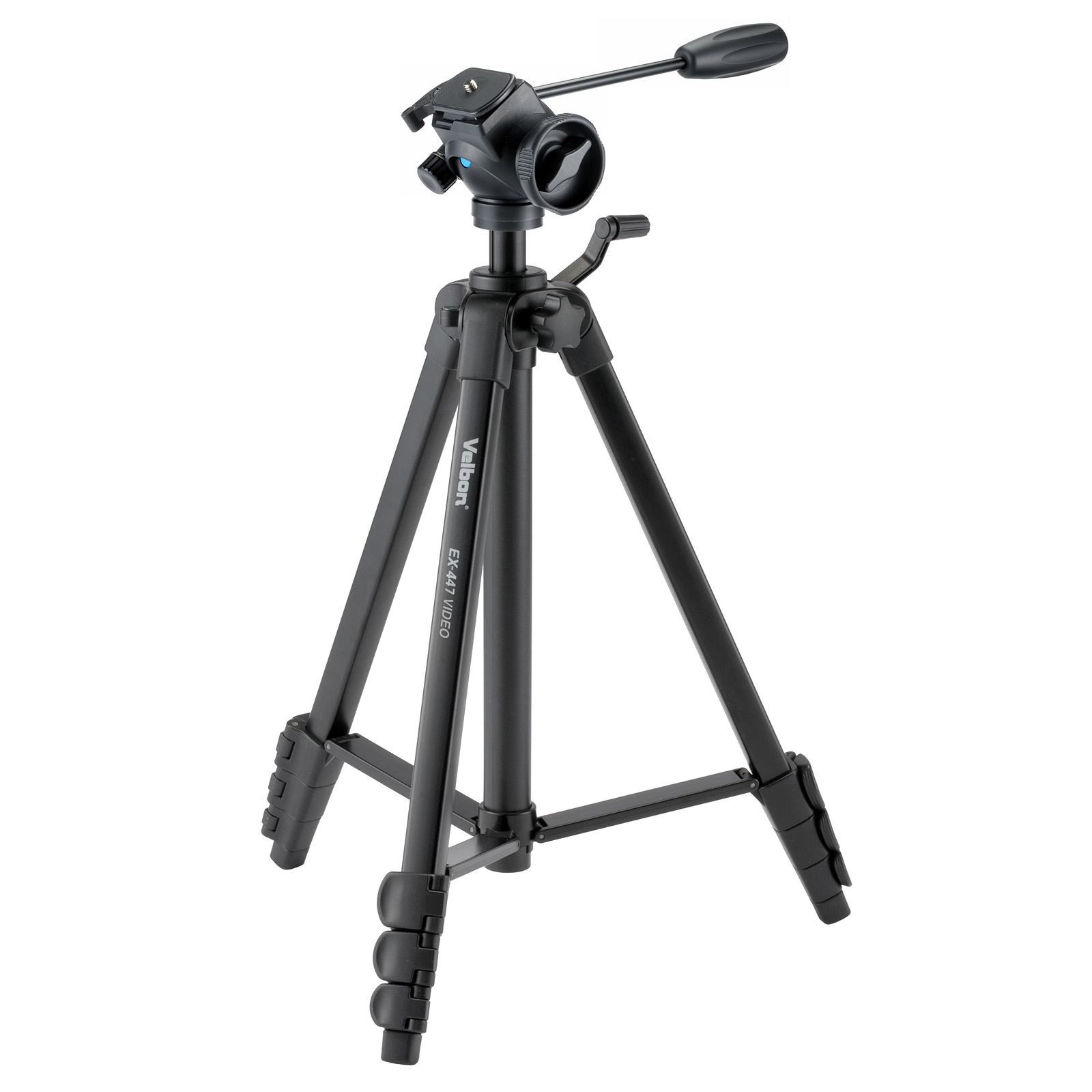
Velbon Video Tripod

RODE VideoMicro

Sony AXP55 4K Handycam
Watch the full episode (members-only)
Where can I watch this episode?
Watch on MyOutdoorTV
Episode Sponsors

Garmin make durable devices engineered on the inside for life on the outside. Their products go wherever you go and track your precise location in the process. Go farther than ever before when hunting and finding adventure.
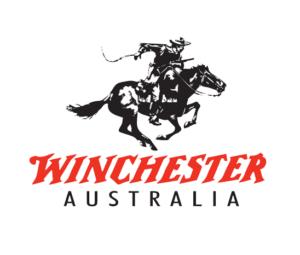
Winchester have been supplying quality ammunition and firearms in Australia since 1967. Other brands include Browning, CZ, Steyr, Huglu, Norma ammunition, ADI gun powders, and Meopta optics.

Burris wide range of optics are built tough to provide a lifetime of reliable performance in the field. The company has so much faith in their products that they provide a lifetime guarantee on all of their optics.

FoodSaver is a leading producer of vacuum sealer systems that help you preserve food freshness and flavor, and limit waste. We use their GameSaver as its built tough for use in the field, and even comes with a 12V adaptor.
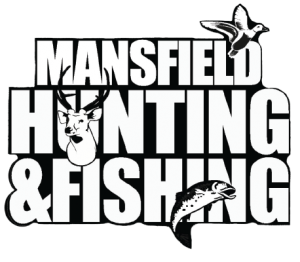
Situated in Victoria's High Country, Mansfield Hunting & Fishing stocks a huge array of hunting, fishing and outdoor gear. I Am Hunter members enjoy a 10% discount on any purchases made in-store or online.
What is I Am Hunter?
I Am Hunter wants to change the way hunting is perceived and to change the conversation from a negative one driven by anti-hunters to a positive one led by hunters.
Our goal is to help hunters become positive role models and ambassadors for hunting, while simultaneously helping non-hunters understand why hunting is important.
You can become a supporter and help us achieve our goal and spread a positive message about hunting with the wider community.
Related content
If you would like to know more about hunting wallabies, kangaroos or deer in Tasmania, check out these related articles and podcasts.
Our other channels
Follow us on Facebook
Follow us on Instagram
YouTube
Subscribe to our YouTube channel.
Get our newsletter
Get our free monthly newsletter direct to your inbox
Listen on iTunes
Listen to our podcast on iTunes.
TV series
Watch I Am Hunter episodes on My Outdoor TV (MOTV)

